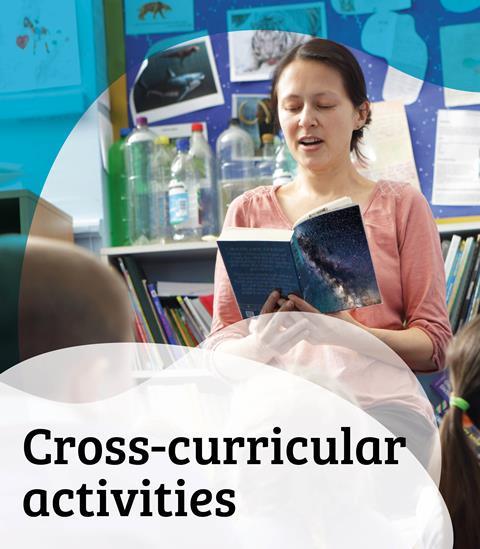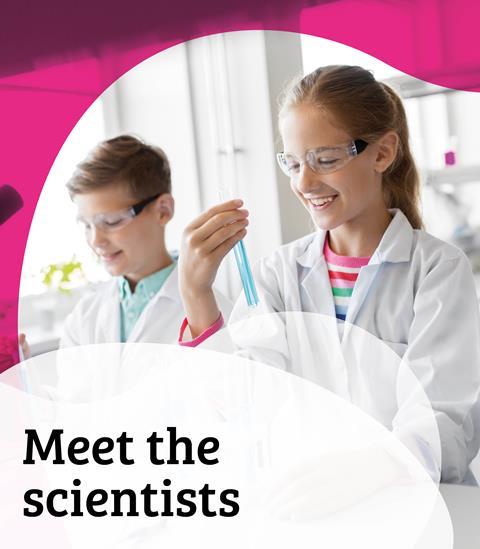The ‘separating mixtures’ chapter from That’s Chemistry! This chapter looks at key ideas and activities that can be used to help students learn how sieving can separate particles of different sizes and other methods used for separating mixtures
These PDFs have been taken from the popular book, That’s Chemistry! compiled by Jan Rees.
This book covers key ideas of physical science that primary students learn about, as well as giving numerous suggestions of activities, demonstrations and investigations that can be used to enhance students’ learning.
If you teach primary science, see the headings below to find out how to use this resource:
Skill development
Children will develop their working scientifically skills by:
- Asking their own questions about scientific phenomena.
- Selecting and planning the most appropriate ways to answer science questions, including:
- Finding things out using a wide range of secondary sources of information.
- Grouping and classifying things.
- Carrying out comparative and fair tests.
- Recording data and results using scientific diagrams and labels, classification keys, tables, scatter graphs, bar and line graphs.
- Drawing conclusions and raising further questions that could be investigated, based on their data and observations.
- Using appropriate scientific language and ideas to explain, evaluate and communicate their methods and findings.
Learning outcomes
Children will:
- Observe that some materials will dissolve in liquid to form a solution, and describe how to recover a substance from a solution.
- Use knowledge of solids, liquids and gases to decide how mixtures might be separated, including through filtering, sieving and evaporating.
- Demonstrate that dissolving, mixing and changes of state are reversible changes.
Concepts supported
Children will learn:
- That some solids will dissolve in liquids to form a solution.
- That some solids don’t dissolve and instead form suspensions.
- That liquids and gases can also form solutions, with gases dissolving in liquids.
- That mixtures can be separated using various separating techniques.
- That some solids react and the resulting product can dissolve in the solvent.
- That solutions are typically clear and don’t settle out, whereas suspensions are cloudy and will eventually settle out.
Suggested activity use
This resource provides a useful long-term planning tool you can use to map out different activities for children to develop an understanding of how to separate mixtures. The resource provides clear explanations as to what a mixture is, and plenty of practical experiences for children to embed their knowledge and understanding.
The concept cartoons provide an opportunity for children to reason and discuss their ideas, using either prior knowledge or knowledge gained from throughout the topic.
Practical considerations
You will need to be clear about which experiments and tests you are going to use and what specific learning you want children to gain as a result of doing them.
The different activities will require different resources and equipment, which will need to be sourced prior to the lesson.
Downloads
Separating mixtures
Tutorial | PDF, Size 10.21 mbBibliography and teachers resources
Tutorial | PDF, Size 2.53 mbConcept cartoons on materials and their properties
Tutorial | PDF, Size 0.67 mb
Websites
That’s Chemistry!

Discover the informative chapters of That’s Chemistry! Each chapter explains a chemistry concept and gives numerous ideas for activites to support students’ learning.
- 1
- 2
- 3
- 4
 Currently
reading
Currently
reading
Separating mixtures
- 6
- 7
- 8
- 9
- 10
- 11
- 12
- 13





































No comments yet